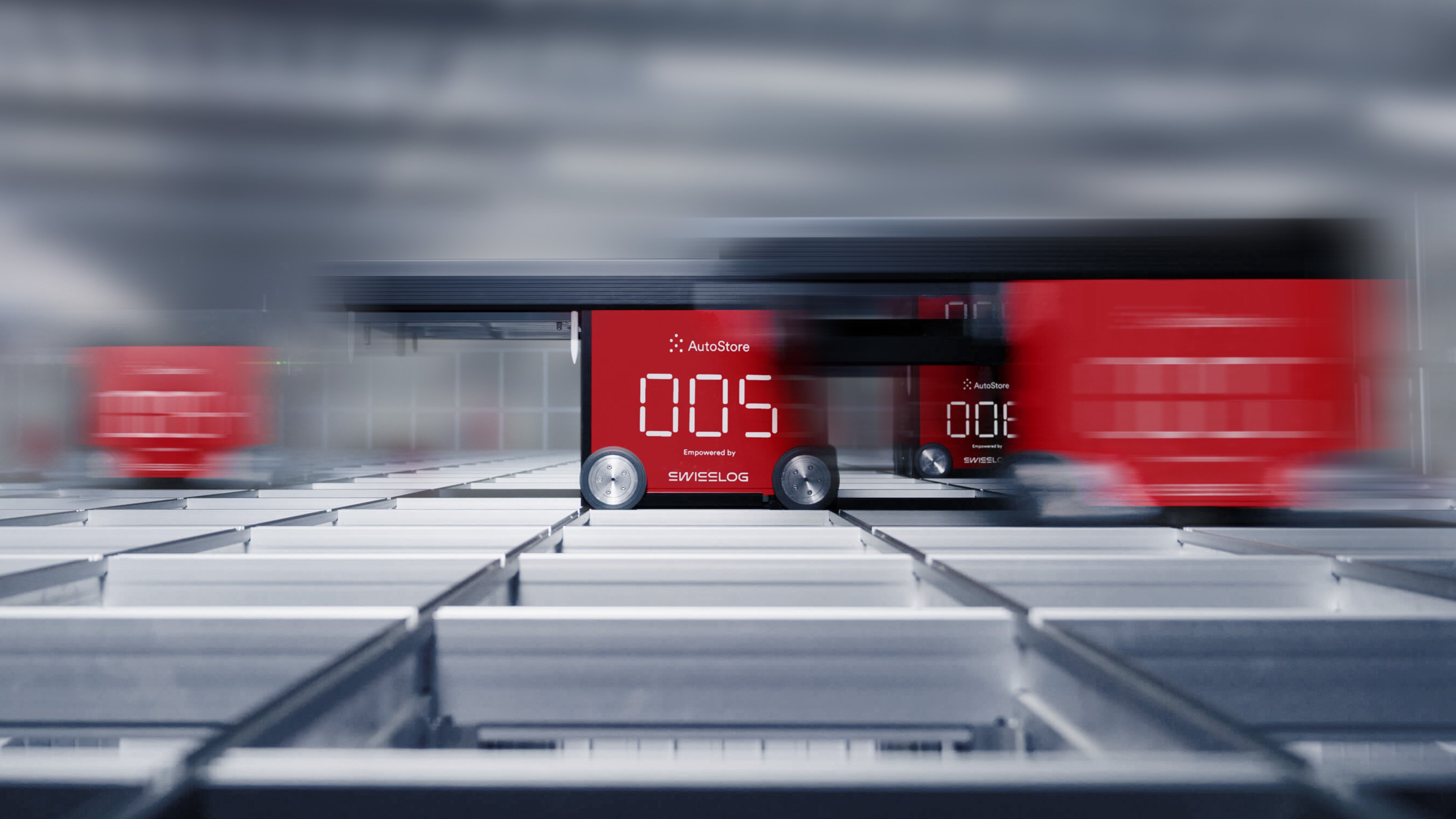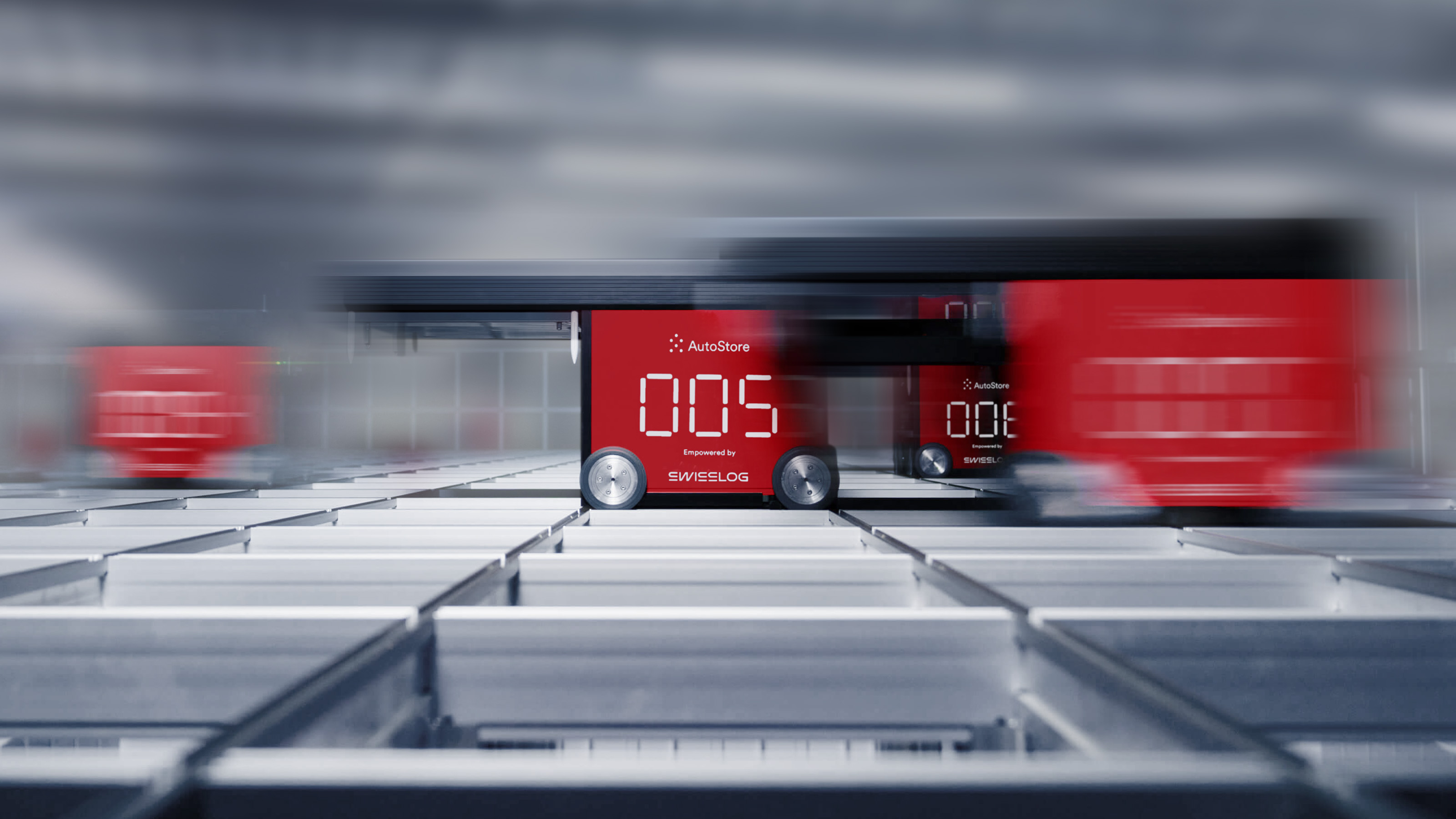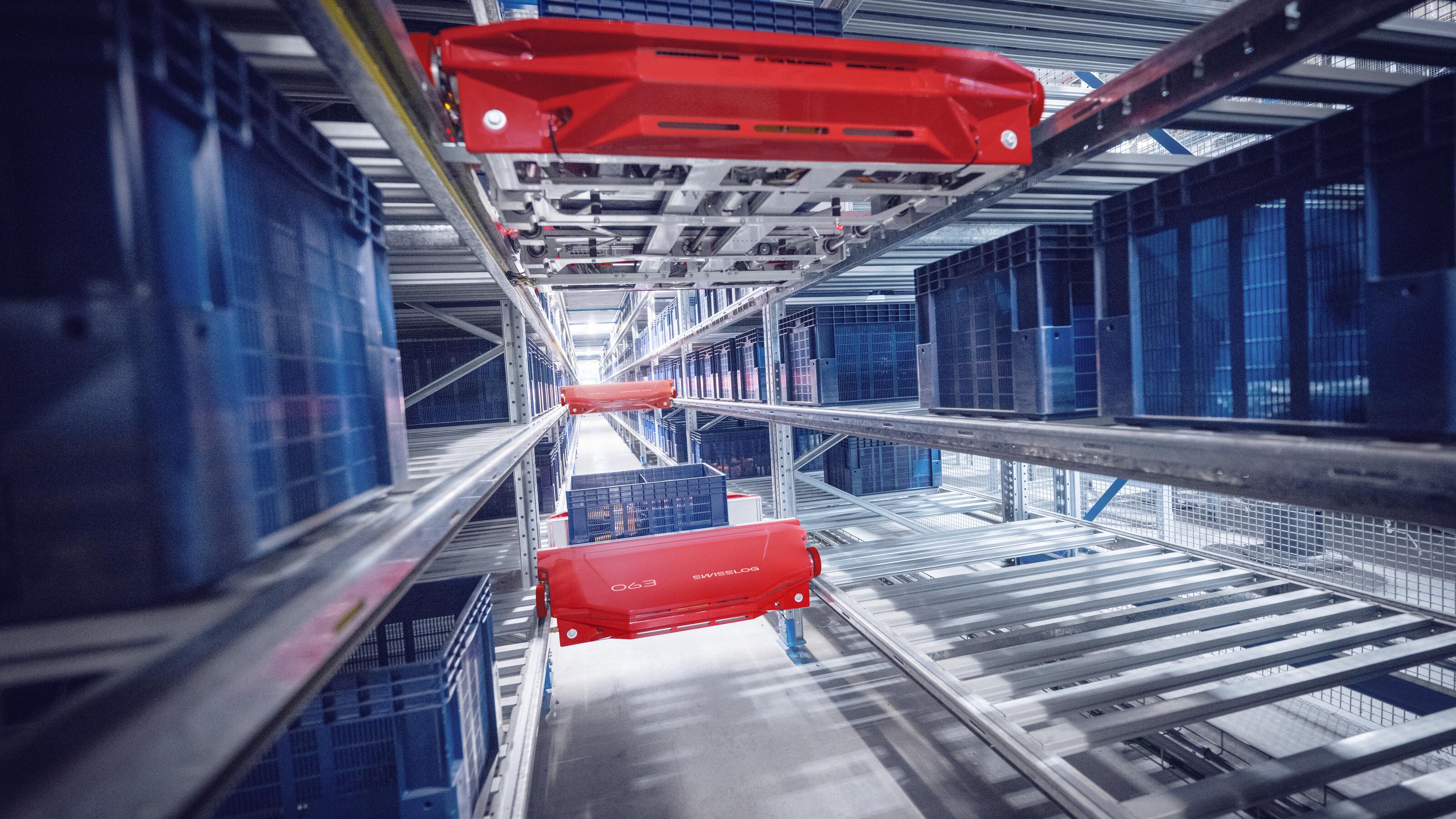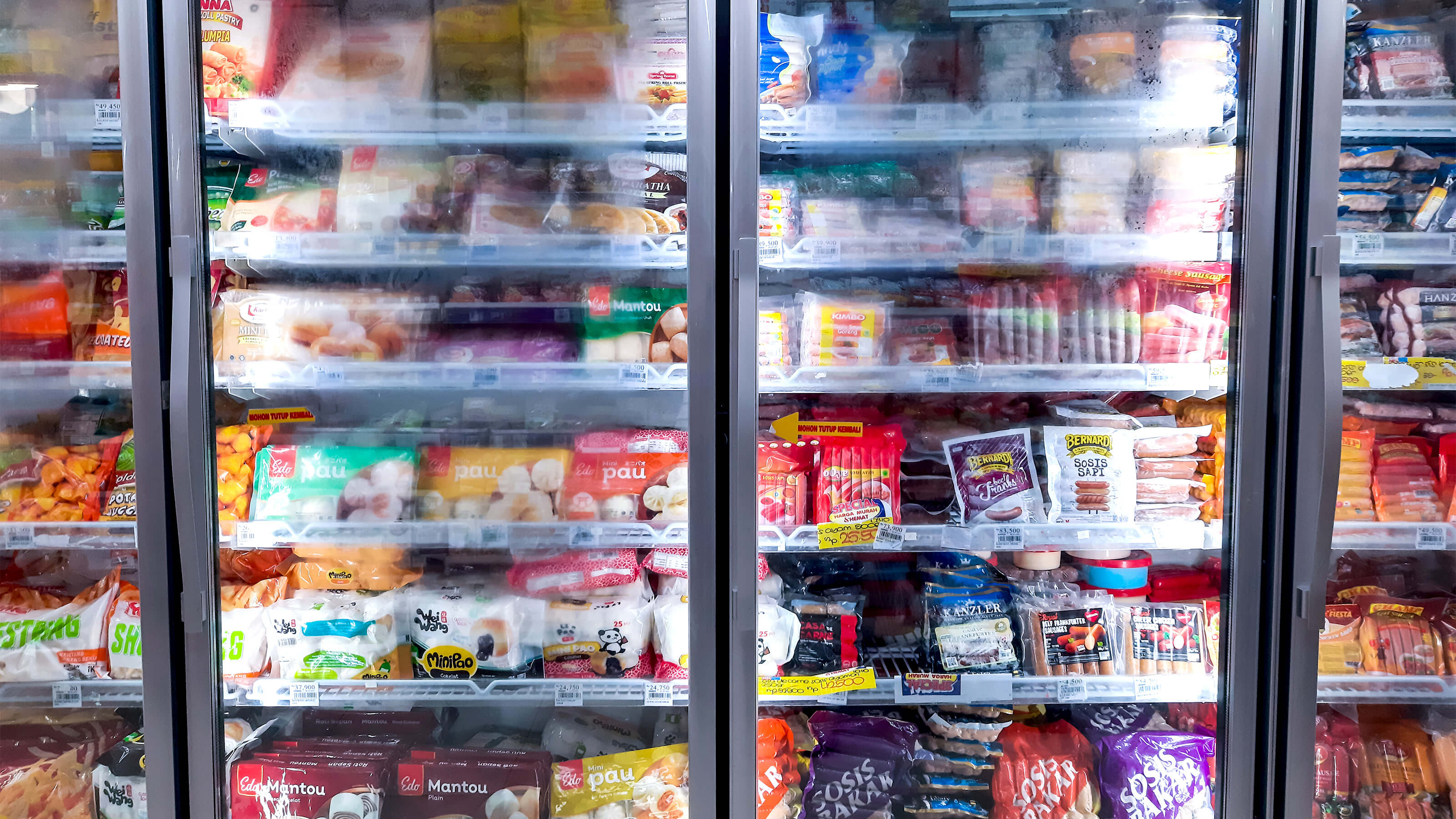Smart urban fulfillment - staying one step ahead both today & tomorrow

Typically people live where the jobs are. That’s why more than 50 percent of the world’s population has settled in urban centers. Megacities are sprouting up all over the world. Online ordering allows customers to avoid being in traffic jams and long wait times at the cash register, especially in urban areas. Adding to this, coronavirus did not leave shoppers with much of a choice than continuing their purchases online. As a result, e-commerce is growing not only in customer but also in B2B field.
E.g. service technicians use the Internet to procure spare parts. Industrial companies prosper when production needs a less specialized supply part. But speed is of the essence. Only same-day or next-hour delivery offers a competitive edge. Logistics providers have to find the right solutions to the challenges associated with goods delivery in big cities. Swisslog's Head of Sales for Greater Europe, Alessandro Benzoni, says: “To boost efficiency along the entire supply chain means rethinking business models and switching to innovative, data-based technologies and solutions.”
Digitalization promotes & demands new directions in logistics
For some time now, digitalization has been revolutionizing far more than just e-commerce. There is no doubt that digitalization has been one of the biggest disruptive movements in recent decades. Industry 4.0 is transforming business models in entire industries. More and more businesses are starting to produce goods solely on demand and ship them directly to their destinations. This reduces the cost of logistics for industrial companies that produce goods. At the same time, planning processes need to meet ever more complex requirements. Logistics providers in industry and commerce must be able to precisely forecast their delivery times, routes and costs. This challenge can only be solved through intelligent data analytics.
Today: different distribution points and long delivery times
Many companies still use the push principle to bring goods to market. Products pass through several intermediate warehouses and distribution centers on their way from the manufacturer to the consumer.
Tomorrow: from producer to destination in 24 hours
The trend toward demand-driven manufacturing based on the pull principle is turning traditional supply chain concepts upside down. But this change is essential if we want to address challenges that the pandemic made evident to logisticians. Thanks to that, far fewer items are made to stock. The high-speed procurement route from producer to destination within 24 hours has become a reality. Making this happen requires efficient information flows. Innovative thinking and action are needed. Concepts for global goods procurement must be coupled with the new concepts of urban fulfillment. Digitalization is an important driver here. It makes it possible to analyze, plan, control and monitor increasingly complex data streams and product flows. Logistics providers need to be prepared for drastic changes, especially in urban centers with heavy traffic. What is feasible?
- Shared warehouses for pre-consolidation of shipments by multiple service providers are being tested with great success on the periphery of urban centers. This allows effective bundling of shipments to recipients in the city center.
- More compact types of storage will need to be used in central city districts due to scarce storage space and rising cost of land.
- Delivery taxis, cargo bikes, drones, and robots will figure prominently in urban areas. Fast and flexible delivery services will only be possible using new methods.
In addition, the large number of approaches in existence today will need to be orchestrated. Big data analytics – the evaluation of data from many sources – helps to harmonize existing delivery concepts.
Think about pallet solutions:
PowerStore is perfect for urban warehouses too; a high density pallet shuttle solution ideal for warehouses with low ceilings, fewer unique products and high throughput requirements. In case of higher warehouses, PowerStore goes well in companionship of Vectura cranes for pallets. Whatever the solution, there is no place better for customers to start than with SynQ software. See our pallet-handling portfolio.
Regardless how challenging your needs are, Swisslog goes hand-in-hand with your requirements. Because having an array of high-end hardware and efficient business intelligence tools, we get your warehouse equipped to resist sudden effects of future unexpected events, like virus outbreaks and boost performance where others fall short.
Facts and Figures
- More than 50% of the world's population has settled in urban centers.
- E-commerce is rapidly advancing in the B2B field.
- Industry 4.0 is transforming business models in entire industries.
Find out more in our White Papers.

Even before pandemic, urban fulfillment was marked by radical change: industries, retailers and consumers want their orders within a few hours. For logistics providers, this means delivering orders to customers in urban areas quickly, efficiently, and within the specified time frame. An unsolvable conflict? Swisslog understands the requirements of the future and is working on new solutions.

Consider small parts solutions:
A range of solutions are already available for customers looking for automation in their urban fulfillment centers. This includes the space saving storage or multi-level storage and order picking system for small parts, AutoStore. Swisslog is the worldwide number one AutoStore integrator and is already working on a number of urban applications with this technology. Besides, together with shuttles and CarryPick mobile robots, we offer a consolidated portfolio of products for light goods in your warehouse. See how we can help you by visiting the light goods section on our webpage.

AutoStore offre densità, produttività e disponibilità superiori per i magazzini. Grazie al software SynQ di Swisslog, offre un ROI significativo, anche se non è adatto a tutti.












